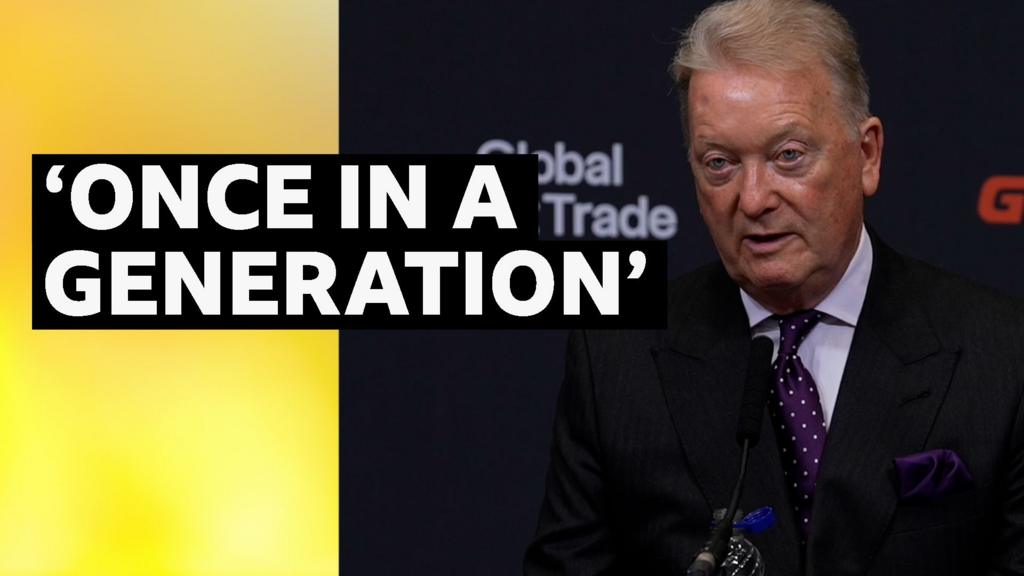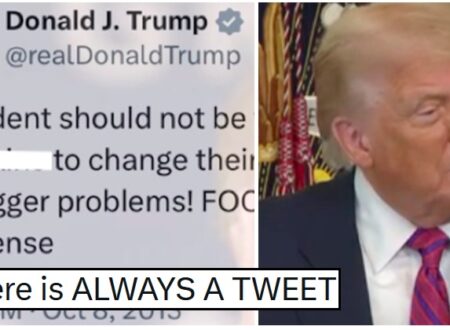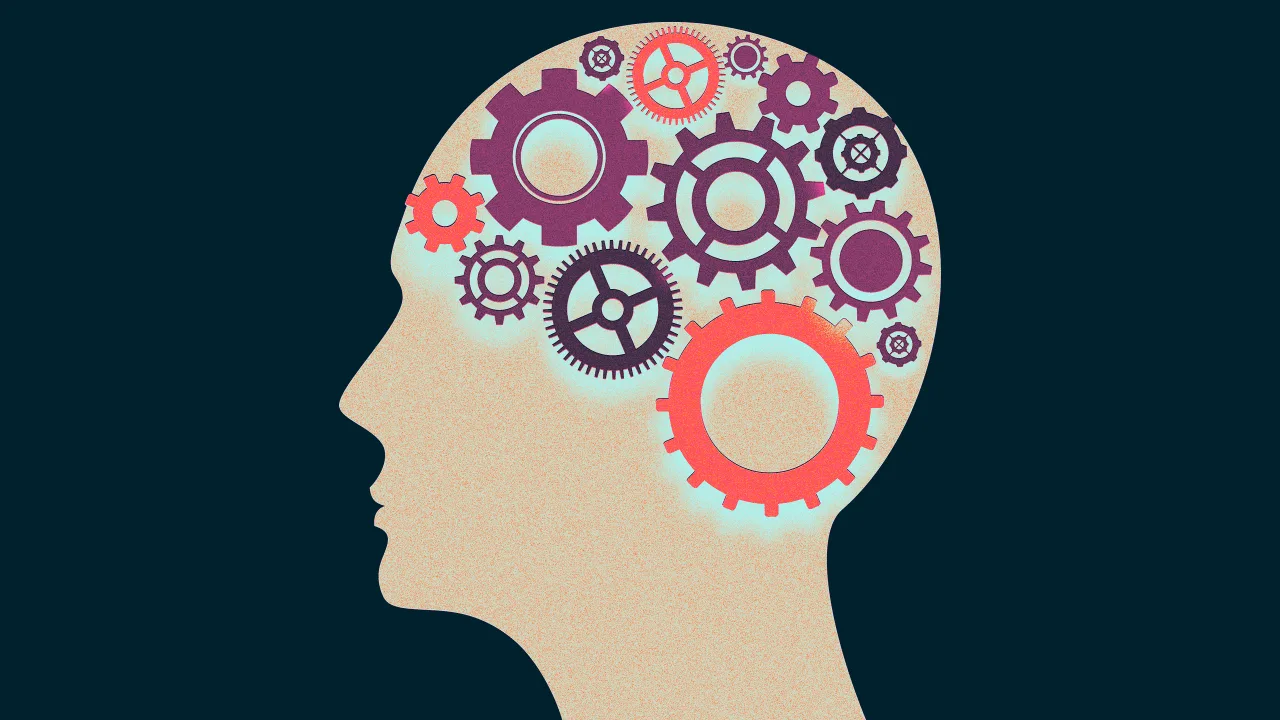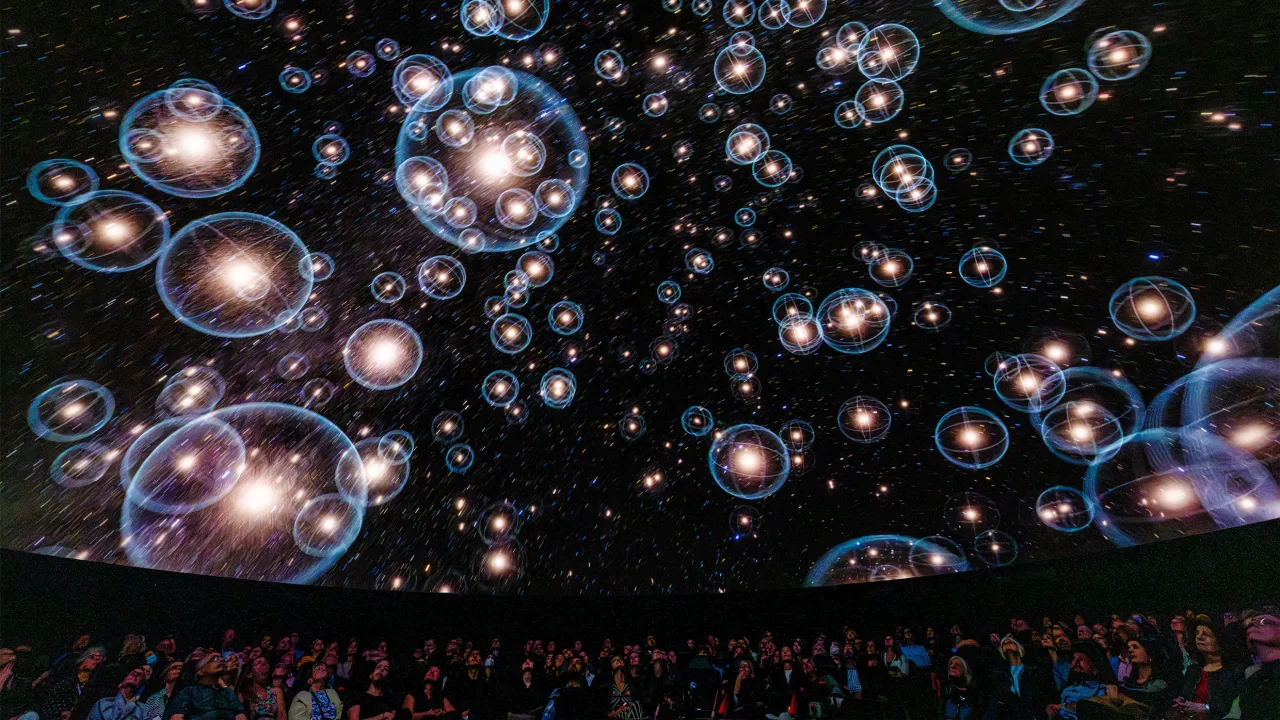Why AI coaching works (and often works better)

What happens when you try to teach a machine how to think like you?
That’s the question I found myself grappling with when I partnered with a leading learning company to cocreate an AI-powered coaching platform. The idea was inspiring: a tool that would let employees ask questions and get real-time coaching, anytime, anywhere, from a chorus of thought leaders across topics, including myself. My focus? Simplification, innovation, and leading through change.
And yet, the most fascinating part wasn’t the tech. It was the mirror it held up to human behavior and the potential to unlock better human connection.
Coaching democratized
Here’s an undeniable truth: AI is disrupting the traditional coaching model—and in many cases, for the better.
A growing body of research shows that people are more honest with AI coaches. Studies from institutions like MIT, the University of Southern California, and the CISPA Helmholtz Center for Information Security have found that users are more likely to disclose sensitive information to AI avatars than to human counselors. Why? Because there’s no judgment or fear of asking a dumb question. AI offers psychological safety, wrapped in code. People act more boldly, less afraid to say what’s really on their minds, or what’s holding them back.
According to a 2025 Korn Ferry research study, 76% of global workers say great development opportunities make them want to stay at a company. And with AI-powered tools, coaching becomes democratized—accessible to more employees, not just the C-suite.
But it’s not just about access, it’s about precision. AI coaching can:
• Tailor plans based on role, goals, or even time of day.
• Simulate hard conversations with employees or clients.
• Offer real-time feedback in meetings or presentations.
• Deliver 24/7 guidance on everything from imposter syndrome to difficult feedback.
Imagine being able to ask:
“How do I tell my team I disagree with them without killing morale?” Or:
“Give me three ways to simplify my team’s strategy presentation for our regional VP.”
The AI replies with actionable, contextual advice rooted in the voices of real thought leaders. That’s why I said yes to becoming one.
The Ethical and Philosophical Questions It Raised
The more we built out my coach bot, the more I realized: this isn’t just about tech, this is about identity.
Building an AI version of yourself reveals more about human behavior than machine learning. It raises questions about how exactly AI can unlock vulnerability, empathy, and ethical nuance in the coaching experience.
For instance: if I’m offering guidance as an AI coach, how do I ensure the advice is actually mine, not something the AI made up? How do I preserve the nuance, tone, and ethical compass that defines my human coaching? How do I ensure that answers include not just information but are considerate of human emotions and cultural context?
I found myself constantly asking:
• Is the model drawing from my most current content?
• Does it sound like me? Not just in words, but in tone and intent?
• Could the advice ever veer into unethical, biased, or legally gray territory, and how do we ensure that doesn’t happen?
Hypotheticals
Here’s why: Imagine this scenario. Someone types in:
“My team is resisting a new innovation initiative. What should I do to push it through?” And the AI responds with:
“Reassign team members who resist. Focus only on fast adopters to accelerate progress.”
While this advice may seem efficient on the surface, it lacks strategic nuance and emotional intelligence. Innovation isn’t just about speed. It’s about bringing people along, addressing resistance with empathy, and fostering long-term cultural change. That kind of answer doesn’t reflect how I would guide a leader through transformation. It reflects a cold efficiency bias, one that risks damaging morale, trust, and psychological safety.
This is why I need to ensure my AI coach reflects not just what I know, but how I teach, influence, and lead.
So, we took proactive steps: feeding it updated materials, refining my tone, testing it with increasingly complex prompts. We checked for hallucinations, those notorious moments when AI confidently delivers misinformation. And we took steps to include empathy and context into every layer.
But this went deeper than risk management. It became a philosophical exercise: What does it mean to give people a “human” experience through a machine? In reality, real coaching is emotional, messy, and revealing. Could we ever replicate that?
How to Keep AI Coaching Human
The key isn’t avoiding AI. It’s learning how to humanize it.
Here are some prompt examples we suggest to employees using my AI coach:
• “Lisa, what would you say if I feel overwhelmed by my role but don’t want to seem weak?”
• “Walk me through a role-play of me firing an underperformer with empathy.”
• “Give me a simulation where I practice pushing back on a senior exec’s bad idea—nicely.”
• “Based on your innovation framework, what are 3 experiments I can try this week with my team?”
• “What’s one thing I could eliminate from my weekly workflow to simplify things?” Each prompt invites the AI to tap into not just knowledge, but emotional intelligence.
Coaching Humans to be More Human
I went into this initiative thinking I’d be training a tool. Instead, it trained me on the future of learning, leadership, and the very soul of coaching.
AI coaching isn’t about algorithms. It’s about access, authenticity, and agency. It’s about giving people space to grow in private, at their own pace, with perspectives that challenge and change them.
And it’s only just begun.
What's Your Reaction?
 Like
0
Like
0
 Dislike
0
Dislike
0
 Love
0
Love
0
 Funny
0
Funny
0
 Angry
0
Angry
0
 Sad
0
Sad
0
 Wow
0
Wow
0















































![The New Citizen Kane delivers euphoric contradictions with ‘Ratbag Joy’ [Music Video]](https://earmilk.com/wp-content/uploads/2025/07/A-18-800x573.jpg)












































